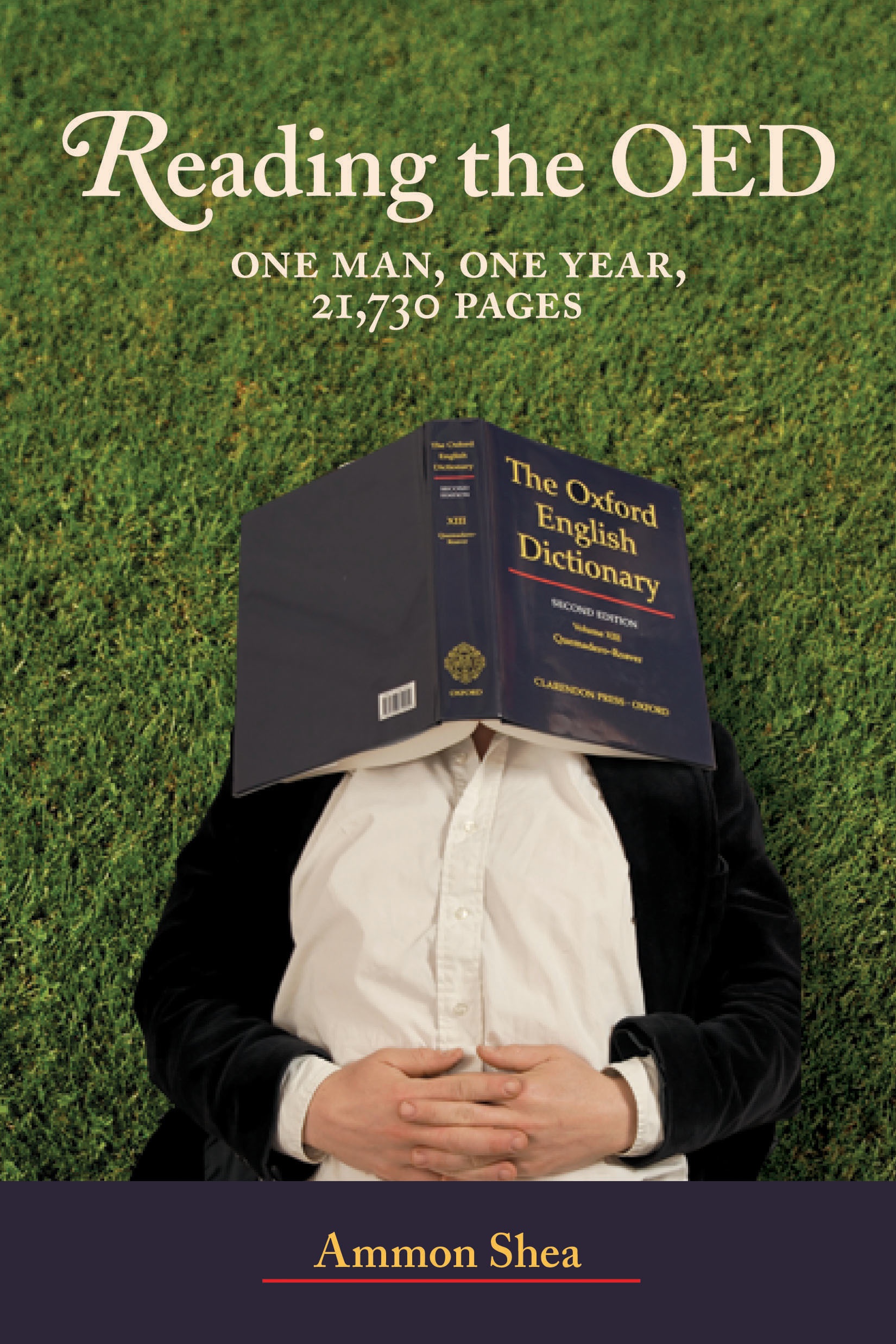
By Richard S. Grossman
As an early-stage graduate student in the 1980s, I took a summer off from academia to work at an investment bank. One of my most eye-opening experiences was discovering just how much effort Wall Street devoted to “Fed watching”, that is, trying to figure out the Federal Reserve’s monetary policy plans.
If you spend any time following the financial news today, you will not find that surprising. Economic growth, inflation, stock market returns, and exchange rates, among many other things, depend crucially on the course of monetary policy. Consequently, speculation about monetary policy frequently dominates the financial headlines.
Back in the 1980s, the life of a Fed watcher was more challenging: not only were the Fed’s future actions unknown, its current actions were also something of a mystery.
You read that right. Thirty years ago, not only did the Fed not tell you where monetary policy was going but, aside from vague statements, it did not say much about where it was either.

Given that many of the world’s central banks were established as private, profit-making institutions with little public responsibility, and even less public accountability, it is unremarkable that central bankers became accustomed to conducting their business behind closed doors. Montagu Norman, the governor of the Bank of England between 1920 and 1944 was famous for the measures he would take to avoid of the press. He adopted cloak and dagger methods, going so far as to travel under an assumed name, to avoid drawing unwanted attention to himself.
The Federal Reserve may well have learned a thing or two from Norman during its early years. The Fed’s monetary policymaking body, the Federal Open Market Committee (FOMC), was created under the Banking Act of 1935. For the first three decades of its existence, it published brief summaries of its policy actions only in the Fed’s annual report. Thus, policy decisions might not become public for as long as a year after they were made.
Limited movements toward greater transparency began in the 1960s. By the mid-1960s, policy actions were published 90 days after the meetings in which they were taken; by the mid-1970s, the lag was reduced to approximately 45 days.
Since the mid-1990s, the increase in transparency at the Fed has accelerated. The lag time for the release of policy actions has been reduced to about three weeks. In addition, minutes of the discussions leading to policy actions are also released, giving Fed watchers additional insight into the reasoning behind the policy.
More recently, FOMC publicly announces its target for the Federal Funds rate, a key monetary policy tool, and explains its reasoning for the particular policy course chosen. Since 2007, the FOMC minutes include the numerical forecasts generated by the Federal Reserve’s staff economists. And, in a move that no doubt would have appalled Montagu Norman, since 2011 the Federal Reserve chair has held regular press conferences to explain its most recent policy actions.

The Fed is not alone in its move to become more transparent. The European Central Bank, in particular, has made transparency a stated goal of its monetary policy operations. The Bank of Japan and Bank of England have made similar noises, although exactly how far individual central banks can, or should, go in the direction of transparency is still very much debated.
Despite disagreements over how much transparency is desirable, it is clear that the steps taken by the Fed have been positive ones. Rather than making the public and financial professionals waste time trying to figure out what the central bank plans to do—which, back in the 1980s took a lot of time and effort and often led to incorrect guesses—the Fed just tells us. This make monetary policy more certain and, therefore, more effective.
Greater transparency also reduces uncertainty and the risk of violent market fluctuations based on incorrect expectations of what the Fed will do. Transparency makes Fed policy more credible and, at the same time, pressures the Fed to adhere to its stated policy. And when circumstances force the Fed to deviate from the stated policy or undertake extraordinary measures, as it has done in the wake of the financial crisis, it allows it to do so with a minimum of disruption to financial markets.
Montagu Norman is no doubt spinning in his grave. But increased transparency has made us all better off.
Richard S. Grossman is a Professor of Economics at Wesleyan University in Connecticut, USA and a visiting scholar at Harvard University’s Institute for Quantitative Social Science. His most recent book is WRONG: Nine Economic Policy Disasters and What We Can Learn from Them. His homepage is RichardSGrossman.com, he blogs at UnsettledAccount.com, and you can follow him on Twitter at @RSGrossman. You can also read his previous OUPblog posts.
Subscribe to the OUPblog via email or RSS.
Subscribe to only business and economics articles on the OUPblog via email or RSS.
Image credits: (1) Federal Reserve, Washington, by Rdsmith4. CC-BY-SA-2.5 via Wikimedia Commons. (2) European Central Bank, by Eric Chan. CC-BY-2.0 via Wikimedia Commons.
The post Transparency at the Fed appeared first on OUPblog.



